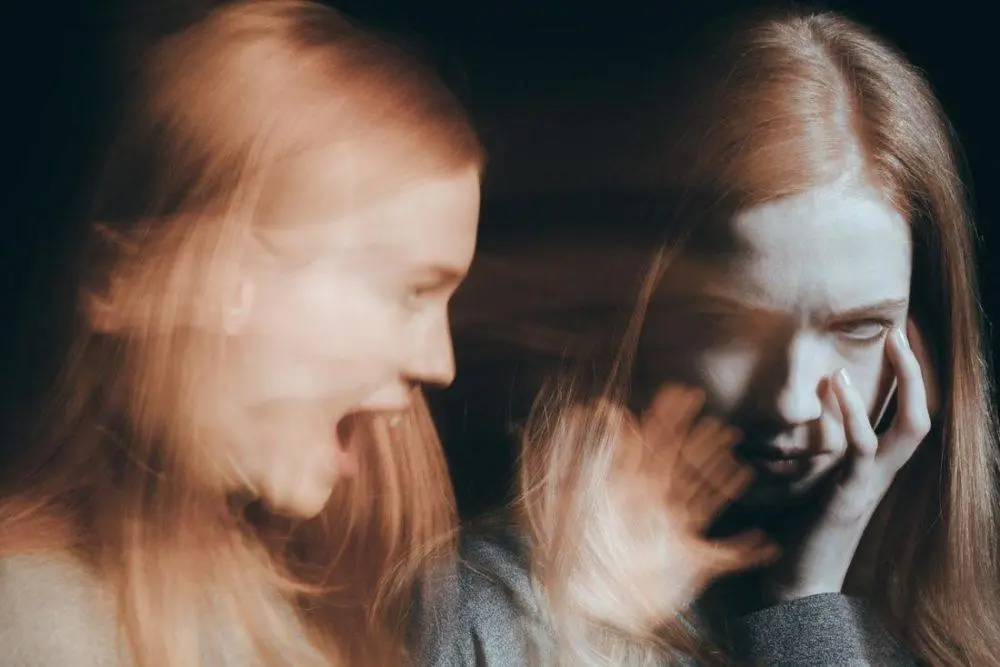For more than a century, psychiatric scientists have argued about the accuracy of staging schizophrenia, but the mysterious disease leaves more and more questions unanswered. That is why the basic definitions of syndrome complexes differ so much in different concepts. However, the introduction of the ICD-11 classification should put an end to the discussion, since it is assumed that the classical forms of schizophrenia, reflected in the DSM, ICD and ICD-10 disease classifications, will be completely abolished. These disparate generalizations should be replaced by a variant that significantly expands the boundaries of understanding the disease with approved stages of endogenous psychosis and accurately prescribed symptoms.
Debut: the later the better
The second or acute stage of schizophrenia unfolds against the background of a certain stressful situation and under the influence of specific stress factors. They provoke the so-called debut of schizophrenia. During a vivid manifestation of the disease, it is quite simple to determine the form of schizophrenia against the background of the appearance of specific symptoms.
The disease can “debut” not only in childhood or puberty, but also at a more mature age. And here the rule applies: the later the onset of the disease appears, the better for the patient, because in this case the prognosis of treatment is more favorable.
This stage is characterized by clearly formed delusional ideas, a distorted picture of the world, escape from reality, as well as impaired social adaptation and communication. At the same time, a person actively denies the disease, resisting treatment and even examination.
«I am always right!»
Even if you bring hundreds of reasonable arguments and arguments, try to convince a person of the need for hospitalization and treatment, he will never believe your words. A critical look at oneself and one’s condition at this stage of the development of the disease is impossible. The whole point is that in the acute phase of the disease the patient’s delirium becomes so realistic and structured that any line between madness and reality is erased. The biggest mistake of relatives at this moment is counter aggression, an attempt to force the patient to give up his beliefs.
Pressure from society, misunderstanding of the specifics of the course of the disease often lead to the following consequences:
- greater development of delusional ideas;
- the occurrence of visual, auditory, olfactory and kinesthetic hallucinations;
- severe thinking disorders;
- sensual ambivalence;
- suppression of the volitional sphere;
- lack of initiative and lethargy;
- passivity of judgments;
- emotional atrophy;
- disorder of positive thinking;
- closure and excitability.
The psychosis that manifests itself against this background, of course, can pass spontaneously, but this is a rarity. More often, left without attention and treatment, it quickly becomes chronic. Then the patient’s behavior becomes completely unpredictable and even dangerous.

The main signs of growing psychosis
It is rather difficult to recognize a dangerous condition, since with a sluggish course of the disease, many mistakenly take its signs for the complexity of the character, the peculiarities of thinking, life conflicts and educational defects. However, according to several signs, it is still possible to “intercept” the crisis in time. You should be concerned if:
- a person is tormented by insomnia or regular nightmares;
- depresses constant anxiety, even if there are no visible reasons for excitement;
- it becomes more and more difficult for the patient to communicate with other people, communication becomes one-sided, the person quickly loses interest in the conversation or the thread of reasoning.









